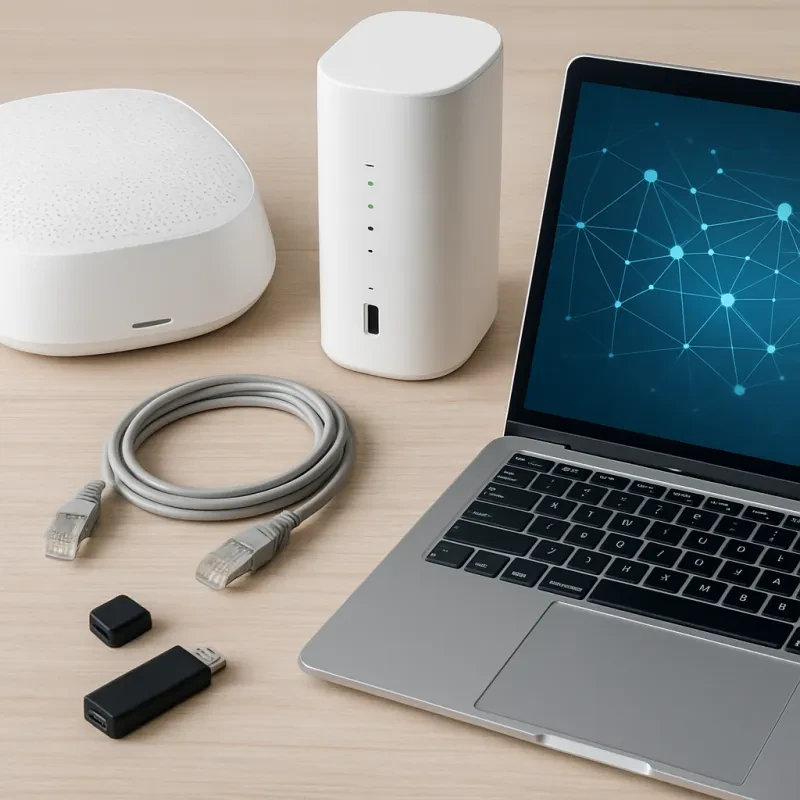When it comes to managing spare network parts, proper storage and labeling are key to ensuring easy access and organization. One of the first steps you should take is to designate a specific area for storing your spare network parts. This can be a shelf, a drawer, or even a dedicated storage bin. By having a designated space, you can easily locate the parts you need without wasting time searching through cluttered areas.
Once you have your storage area set up, it's important to label each spare part clearly and accurately. This can be as simple as using a permanent marker to write the part's name or number on a label and attaching it to the part. By clearly labeling each spare part, you can easily identify what it is and quickly grab it when needed.
Additionally, it's a good idea to keep an inventory list of all your spare network parts. This list should include the name or description of each part, the quantity you have on hand, and where it is located in your storage area. By keeping an up-to-date inventory list, you can easily track your spare parts and know when it's time to reorder or replace any items that are running low.
Perform Regular Inventory Checks on Hardware Supplies
When managing network hardware spares, it is crucial to conduct regular inventory checks to ensure you have the necessary supplies on hand when needed. By keeping track of what hardware items you have in stock, you can avoid any last-minute scramble to find replacements in case of equipment failure. Make it a habit to conduct inventory checks on a weekly or monthly basis to keep your hardware supplies organized and up-to-date.
During inventory checks, take note of the quantity and condition of each hardware item. This will help you determine if any items need to be replaced or replenished. By maintaining accurate inventory records, you can easily track the usage and lifespan of each hardware component. Additionally, conducting regular checks allows you to identify any potential issues with your hardware supplies before they become a problem.
Implementing a systematic approach to inventory management will not only save you time and money but also ensure smooth operations of your network. By keeping track of your hardware supplies through regular inventory checks, you can prevent unnecessary downtime and disruptions. Remember, staying proactive with your inventory management will help you handle network hardware spares like a pro.
Safely Transport Spare Equipment Between Locations
When it comes to handling network hardware spares, it's important to ensure they are securely transported between locations to prevent damage and ensure they are readily available when needed. Here are some tips to help you safely transport spare equipment like a pro:
1. Proper Packaging: Always pack spare equipment in sturdy boxes or cases with ample cushioning to protect them from any potential bumps or jostling during transportation. Make sure to label each box with the contents and handle with care stickers to alert handlers to the fragile nature of the contents.
2. Secure Transportation: When transporting spare equipment, make sure to secure them properly in your vehicle to prevent any shifting or movement during transit. If possible, use padded bags or cases designed specifically for transporting delicate electronic equipment to provide an extra layer of protection.
3. Climate Control: Extreme temperatures can damage sensitive electronic components, so it's important to transport spare equipment in a climate-controlled environment to prevent any potential heat or cold damage. Avoid leaving equipment in direct sunlight or in freezing temperatures for extended periods of time.
Follow Manufacturer Guidelines for Handling Network Spares
When it comes to handling network hardware spares, following manufacturer guidelines is crucial to ensure the proper functioning and longevity of your equipment. These guidelines are put in place by the experts who designed the hardware, so it’s important to heed their advice in order to avoid any potential issues down the road.
One of the key things to keep in mind when handling network spares is to always store them in a safe and secure location. This means keeping them away from any potential sources of damage, such as water, heat, or excessive dust. By following these guidelines, you can help to extend the life of your spares and ensure that they are ready for use when needed.
It’s also important to handle network spares with care, as rough handling can result in damage to the equipment. Be sure to follow any instructions provided by the manufacturer on how to safely handle and transport the spares. This can help to prevent any accidental damage and keep your hardware in tip-top shape.


